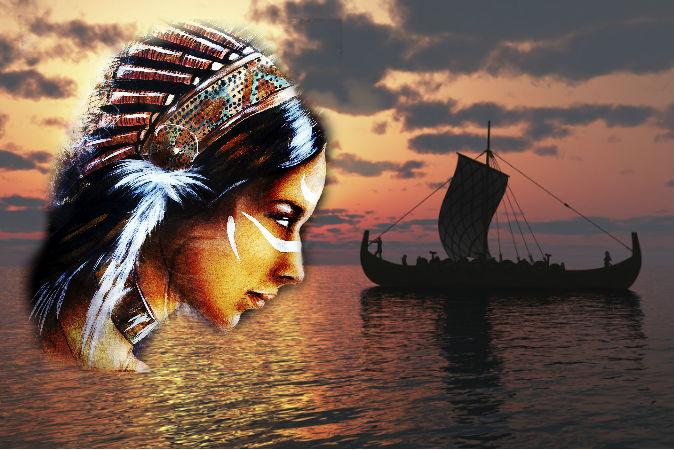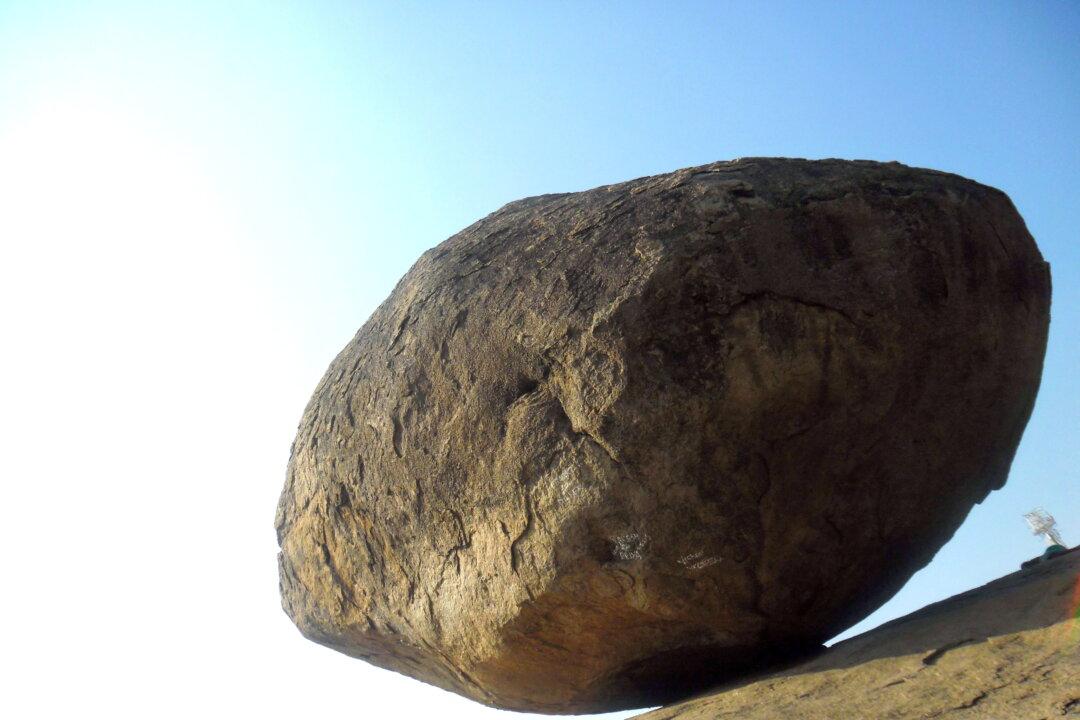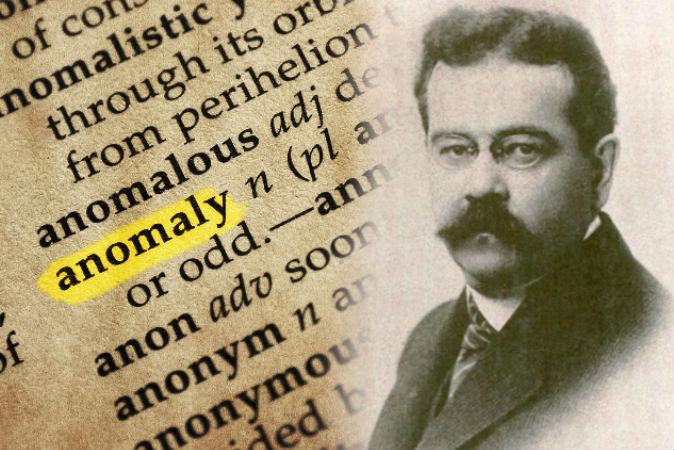Scientists have been searching for answers to the puzzles of history by sifting through the genetic code of certain Icelanders. They have been looking to see if a Native American woman from the New World accompanied the Vikings back to Europe five centuries before Christopher Columbus arrived back in Spain with Native Americans aboard.
It is well established through historical accounts and archaeological findings that Vikings set up initial colonies on the shores of North America just before 1000 A.D. But what is not known for certain is how a family of Icelanders came to have a genetic makeup which includes a surprising marker dating to 1000 A.D.—one which is found mostly in Native Americans.
A family of Icelanders came to have a genetic makeup which includes a surprising marker dating to 1000 A.D.—one which is found mostly in Native Americans.




